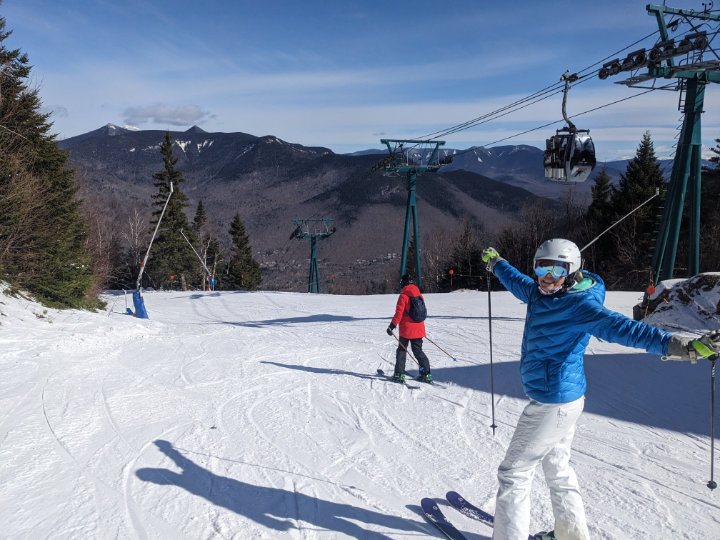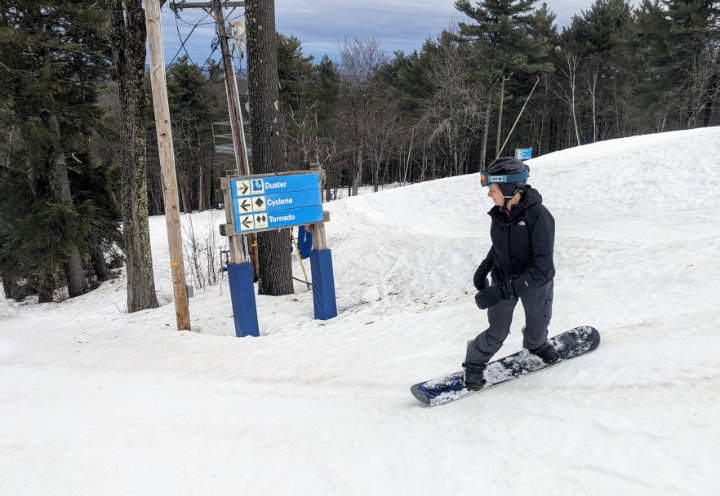The Seed of Evil
by Ken Gorrell,
Weirs Times Contributing Writer
Destroy the seed of evil, or it will grow up to your ruin. ― Aesop
Evil has been with mankind since the beginning. Yet we still seem surprised when it moves out of the shadows and makes its presence known, as it did in Parkland, Florida, last week.
Before the shock wore off – or even fully set in – of seventeen dead at a school, the usual lines were drawn and invectives hurled. In the social media and “regular” media firestorm, many observers applied the label “evil” to their political opponents and to an inanimate object rather than the perpetrator. So Parkland joins Sandy Hook, Virginia Tech, and Columbine on the list of atrocities from which we will learn nothing.
The sixth century BC call-to-action credited to Aesop is helpful only for those who can recognize the “seed of evil” when they see it. Many twenty-first century Americans seem incapable of accepting evil as a concept, much less recognizing it for what it is, even when it stares at them in digital brilliance just hours after committing a horrible act. Too many of us can look into evil’s eyes and see only the tool used, not the broken man who used it.
Except, of course, when the tool is fertilizer, or an airliner, or a rented truck. Then, the tool is less important than the motivation. Except when the motivation is jihad, in which case the search for “evil” turns perversely to the perceived wrongdoing of the victims’ culture or society. Solzhenitsyn recognized that “the line dividing good and evil cuts through the heart of every human being.” Evil is a human trait only; no mere object is inherently evil.
T.S. Eliot wrote, “Most of the evil in this world is done by people with good intentions.” I’m not sure that was true even when he wrote it. Given what has transpired or been fully revealed since his death in 1965 – the full scope of Soviet, Chinese, and North Korean communist atrocities, the killing fields of Cambodia, African genocides – one wonders if even he would stand by his words today. Much mischief has been done by people with good intentions, but evil is an altogether different quality; it is done by people with evil intent.
The concepts of evil and good are religious at heart. The more we’ve marginalized religion in modern society, the less able we are to deal with evil. Mass killings, especially at schools, grab headlines and our attention, and deservedly so. The death of young innocents wounds us all, which is why I can’t imagine a more emotionally-draining job than pediatric oncologist. But the oncologist fights a mindless disease; when we fight against evil, we fight against the actions of a heart and mind. Divorcing that fight from religion and morality disarms us.
Other than the shock of mass death, we seem immune to the murder and mayhem that have become principal features of American society. It doesn’t take a genius to recognize that while guns have been part of America since the Founding – and for a time even fully-automatic weapons were largely unregulated – it is our society that has changed. We have come to accept a level of evil that cannot long be maintained if we want to pass on a civic order to today’s children.
In 2016, according to FBI statistics, 47 Americans died violently every day, on average. That’s 17,250 dead divided by 366 days in that leap year. Many of those people were young, and most had families and friends, hopes and dreams, and started out their day assuming they’d go to sleep that night. Except for local coverage, few of those deaths made headlines, though as a group they represent more than two-and-a-half Parkland massacres – every day of the year.
As long as we debate tools and laws – as if just one more law on the books restricting the freedoms of law-abiding citizens will alter the calculus of evil people – we will have to endure more Parklands, more Columbines. Eventually they will merge with the background noise along with those 47 daily murder victims. Politicians do not have the answers. Foreign cultures do not provide meaningful guidance, because the cultural, demographic, and geographic variables are too significant.
The answer to the question, “How do we reduce gun violence?” is as simple to state as it is hard to implement: We must raise moral citizens and enforce moral laws. That this answer is considered bizarre or unacceptable to about half our population and most of our media elites shows us just how far we’ve slipped, and how far we have to go.




